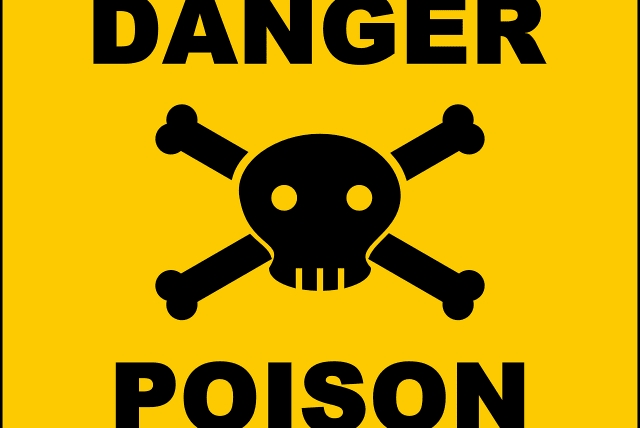Liquid laundry packets are poisoning children, teens and adults - study

US study: Due to poisoning, liquid laundry detergent pods should not be used by families with preschool kids, those with developmental disabilities or dementia.
Although colorful liquid detergent packets harm the environment and have caused poisoning in children and pets, people around the world, including in Israel, continue to use them.
A new study conducted by researchers at the Center for Injury Research and Policy of the Wexner Research Institute at Nationwide Children’s Hospital and the Central Ohio Poison Center investigated trends in calls to poison centers across the country for exposures to liquid laundry detergent packets. The findings were based on the US National Poison Data System.
The study investigators identified declines in the number, rate, and severity of exposure to liquid laundry detergent packets among children younger than six years, but the exposure burden remained high.
Additionally, exposures have increased among older children, teens, and adults.
US poison centers receive tens of thousands of calls related to liquid detergent
The study, published in Clinical Toxicology under the title “Longitudinal trends in liquid laundry detergent packet exposures,” found that in the most recent three years of the study, US poison centers received 36,279 calls related to liquid laundry detergent packet exposures – an average of one call every 44 minutes.
Most exposures involved children younger than six years (87%), a single substance (97%), or exposure at home (99%). Six percent of single-substance exposures resulted in serious medical outcomes.
During the study period, there were nine deaths caused by the ingestion of laundry detergent pods, and all fatalities involved adults – seven of whom were older than 70 years.
In addition to the danger of poisoning, transparent packets with different-colored liquids laundry detergent packets are more toxic than traditional liquid and powder laundry detergents; they are made of nonrecyclable packaging made from polyvinyl alcohol that turns into a plastic solution when exposed to water and is apparently not completely biodegradable despite manufacturers’ claims; they are more expensive than liquid or dry detergents sold in regular packaging; and they contain too little or too much detergent for some loads.
In an effort to reduce unintentional exposures to the contents of liquid laundry detergent packets, a voluntary Standard Safety Specification for Liquid Laundry Packets was passed in the US nine years ago, but some environment experts and toxicologists feel it didn’t go far enough. In Israel, there are small warnings on the outside telling consumers to keep them out of the reach of children.
“The voluntary standard, public awareness campaigns, and product and packaging changes to date have improved the safety of these products, but a high number of children are still exposed each year,” said emergency medicine Dr. Christopher Gaw, a senior author of the study. “There is still room for improvement.”
“Requiring that all liquid laundry detergent packet packaging be compliant with restrictions would be an important next step in reducing child access to these products,” said Dr. Gary Smith, a co-author of the study.
“In addition, each laundry packet should be individually wrapped with child-resistant packaging, which would provide important layers of protection for this highly toxic product.”
The authors recommended that pediatricians, well-baby centers, and other healthcare providers should counsel patients and their families about the hazards of laundry detergent packet exposures and that caregivers to children younger than six years old and adults with a history of dementia, Alzheimer’s disease or developmental disability use traditional laundry detergents instead of packets.
Jerusalem Post Store
`; document.getElementById("linkPremium").innerHTML = cont; var divWithLink = document.getElementById("premium-link"); if (divWithLink !== null && divWithLink !== 'undefined') { divWithLink.style.border = "solid 1px #cb0f3e"; divWithLink.style.textAlign = "center"; divWithLink.style.marginBottom = "15px"; divWithLink.style.marginTop = "15px"; divWithLink.style.width = "100%"; divWithLink.style.backgroundColor = "#122952"; divWithLink.style.color = "#ffffff"; divWithLink.style.lineHeight = "1.5"; } } (function (v, i) { });
